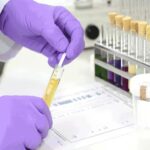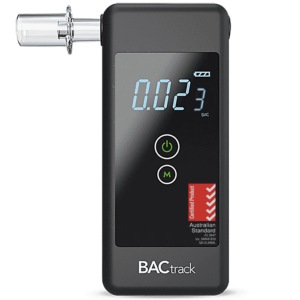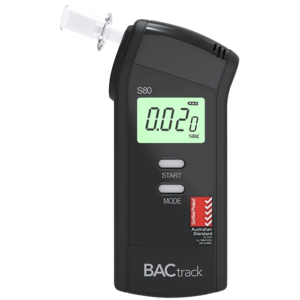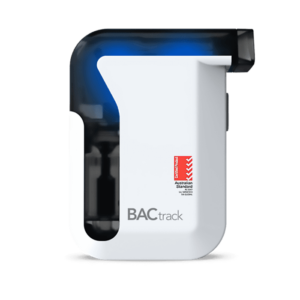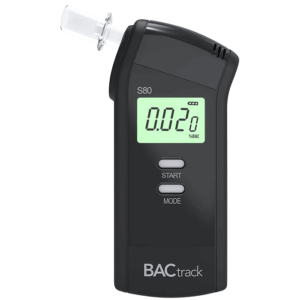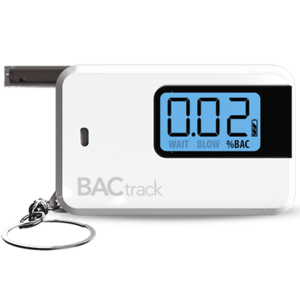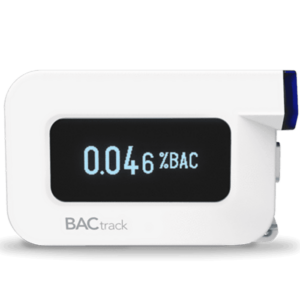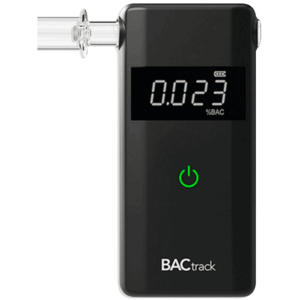EtG Test: Can It Detect Alcohol and What Are The Alternatives?
28 June, 2023
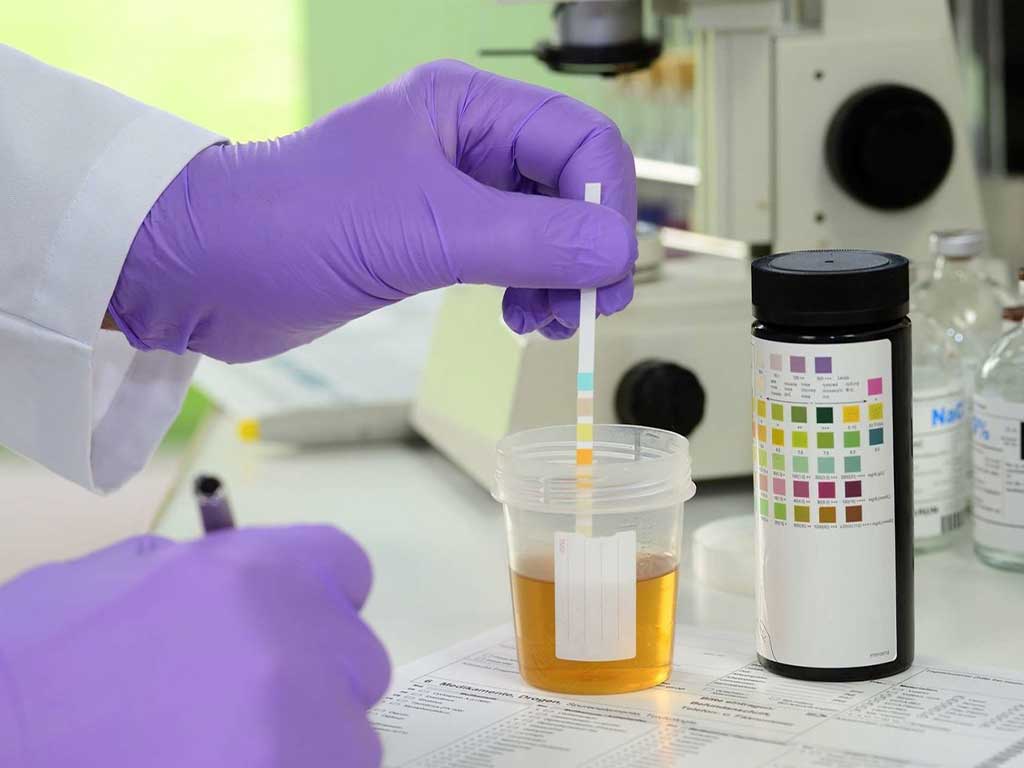
The EtG test detects alcohol consumption by measuring the presence of ethyl glucuronide (EtG). It can identify even small amounts of alcohol within a few hours to several days. This test is valuable for monitoring alcohol use in substance abuse treatment programs or workplace alcohol testing. Moreover, alternative tests such as oral fluid, blood, breath, and hair test can also provide information about alcohol use. These methods offer different choices depending on specific needs.
Alcohol impairment in the workplace can hinder employees’ capacity to perform job-related tasks effectively. Their judgement, coordination, and decision-making abilities are compromised. Hence, it leads to potential safety risks and decreased productivity. This issue can pose challenges for employers in maintaining a safe and productive work environment. Therefore, companies implement a workplace alcohol policy to mitigate alcohol-related impairments. This article will cover how the test for EtG detects alcohol, the alternative methods, and the advantages of the breath test.
How EtG Test Detect Alcohol
An EtG test is a procedure that can check if someone has consumed alcohol recently. When a person drinks alcohol, their body breaks it down. The liver produces a substance called EtG as a result of this breakdown. EtG enters the bloodstream and eventually comes out in the urine, saliva, and blood. The test detects the presence of this substance, indicating recent alcohol consumption.
In addition, this test works by using specialised techniques to identify alcohol in a urine sample. The test is highly sensitive, capable of detecting even low levels of EtG. It can determine alcohol consumption even when the person has stopped drinking several days before the test. However, this test cannot determine the amount of alcohol consumed, only its presence.
Furthermore, this test finds wide use in various settings. These include workplace programs, legal situations, and addiction treatment. It measures recent alcohol consumption, aiding in assessing compliance with sobriety requirements. However, this test has limitations and can produce false positives in some cases. Therefore, healthcare professionals should use it in conjunction with other clinical assessments.
Limitations
- False positives: the test may indicate alcohol consumption even if a person hasn’t consumed alcohol.
- Limited portability: requires laboratory analysis, making them less portable and accessible.
- Tampering: individuals may attempt to tamper their urine samples to alter the test results.
- Laboratory analysis: requires urine samples to be sent to a laboratory, which adds to the time and costs.
- Limited immediate detection: can have a delay in detecting alcohol since it takes time for them to appear in the urine.
- Hygiene considerations: improper handling of urine samples may pose hygiene risks.
- Lack of ease: needs more technical knowledge for proper sample collection and handling.
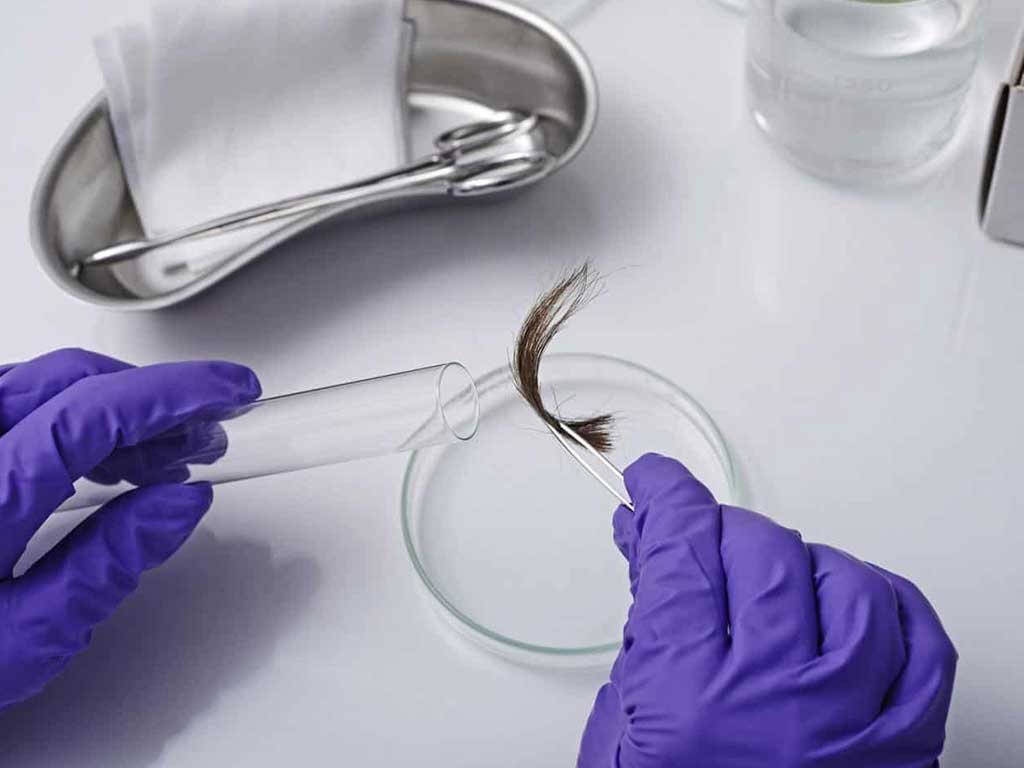
Alternative Methods for EtG Test
There are other ways to conduct EtG tests with different timeframes. One method is the oral fluid test. It uses a special strip to analyse saliva from the mouth. This test can detect alcohol for up to 24 hours, giving a reliable indication of recent alcohol use.
Another alternative method is the hair follicle test. It has a longer detection period compared to other methods. This test analyses a small sample of hair to determine alcohol use in the past 90 days. It can also provide information about a person’s previous alcohol or substance use habits. Moreover, the hair follicle test can reveal the timing, quantity, and periods of alcohol consumption.
Lastly, the blood test is the most accurate alternative method to detect alcohol in the body. However, it requires a procedure that is invasive and expensive. Medical professionals draw a blood sample and analyse it to determine if alcohol is present. Moreover, the blood test confirms preliminary positive results from other testing methods because of its high precision.
Testing Employees in Different Scenarios
Testing employees for alcohol use serves different purposes depending on the situation. Firstly, pre-employment testing helps employers assess whether prospective employees have alcohol-related issues. Secondly, post-incident testing can be performed to determine if alcohol consumption played a role in the incident.
Thirdly, random testing detects current intoxication among employees. These tests are unannounced, and they can be performed on any employee at any time. Lastly, employers can opt for reasonable suspicion testing when an employee exhibits apparent signs of insobriety. Overall, alcohol testing in the workplace can contribute to maintaining a safe and productive work environment.

Advantages of Breathalysers Over EtG Test
Breathalysers offer several advantages, making them a preferred choice in many situations Firstly, they provide fast results. Among the different screening methods available, breathalysers offer the quickest turnaround time. For instance, BACtrack devices from Breathalysers New Zealand can measure Blood Alcohol Concentration (BAC) levels within 10 to 15 seconds.
Secondly, breathalysers maintain a high level of accuracy, ensuring reliable results. Workplace breathalysers employ fuel cell sensors known for their high precision. These sensors utilise the same technology used by police enforcement agencies. Thirdly, breathalysers are user-friendly. Unlike the EtG test, which needs laboratory analysis, breath testing can be effortlessly conducted by anyone. Additionally, professional-grade breathalyser devices are accessible for personal use.
Lastly, breathalysers provide cost-efficiency, making them a practical investment for businesses. Fuel cell breathalysers, in particular, maintain their consistency over time, even with high-volume use. This durability ensures long-term reliability, making them a valuable asset for any organisation concerned about alcohol screening. Using breathalysers, businesses can achieve accurate and reliable results while optimising their budget and resources.
Understanding BAC Results
The level of impairment varies based on blood alcohol levels. A BAC of 0.02% and below can suggest heightened mood and relaxation. Moreover, a BAC of 0.03-0.05% may lead to reduced alertness and mild impairment in judgement. Additionally, a BAC of 0.06-0.08% can cause decreased coordination and impair vision, hearing, and perception.
When people’s BAC reaches 0.10% and 0.15%, their ability to make sound decisions and react quickly becomes impaired. They may also experience feelings of nausea and difficulty maintaining balance. Furthermore, at BAC levels between 0.16% and 0.40%, individuals may encounter mental confusion, vomiting, and even loss of consciousness.
Conclusion
The EtG test is a reliable method for detecting recent alcohol consumption through the presence of ethyl glucuronide in urine. It helps in assessing compliance with sobriety requirements in various settings. However, this test cannot determine the amount of alcohol consumed, and false positives may occur. Alternative methods such as oral fluid, hair follicle, and blood tests provide additional insights into alcohol use patterns. Selecting the most appropriate testing method depends on the specific requirements of each situation.
The BACtrack breathalysers from Breathalysers New Zealand offer distinct advantages over tests for EtG, making them a preferred choice in many scenarios. These devices provide fast and accurate results, with BAC levels available within seconds. Additionally, they are user-friendly and accessible for personal use, eliminating the need for laboratory analysis. Moreover, breathalysers offer cost-efficiency and long-term reliability, making them a practical investment for businesses. Proper alcohol screening methods, such as breathalysers, help people make informed decisions regarding alcohol use.

















